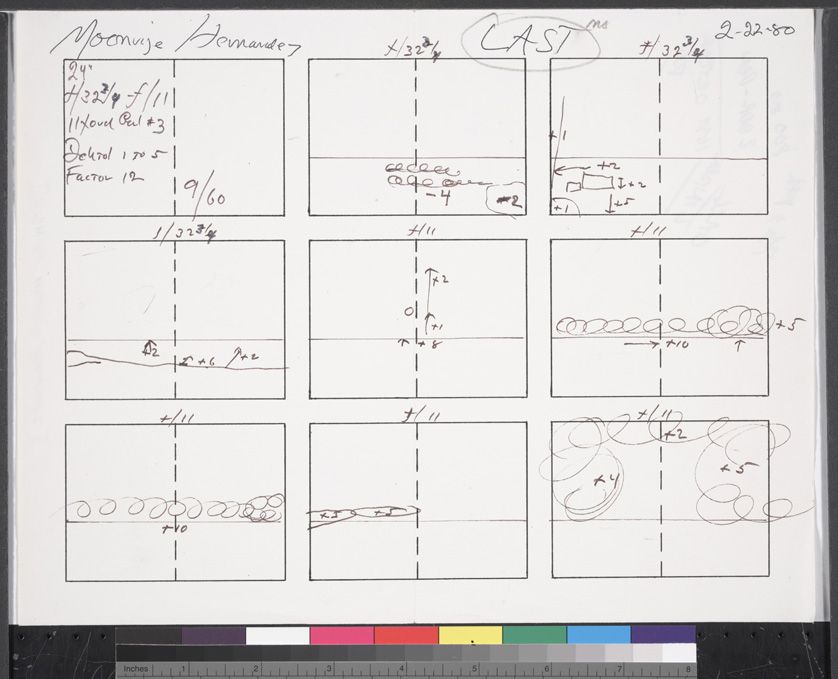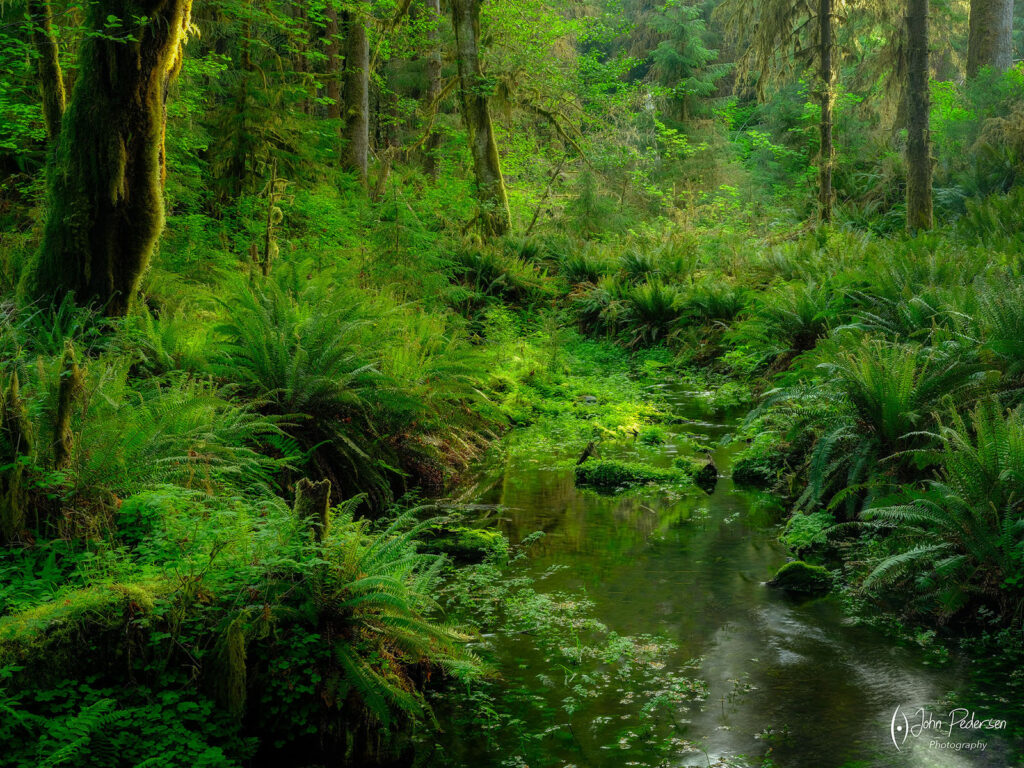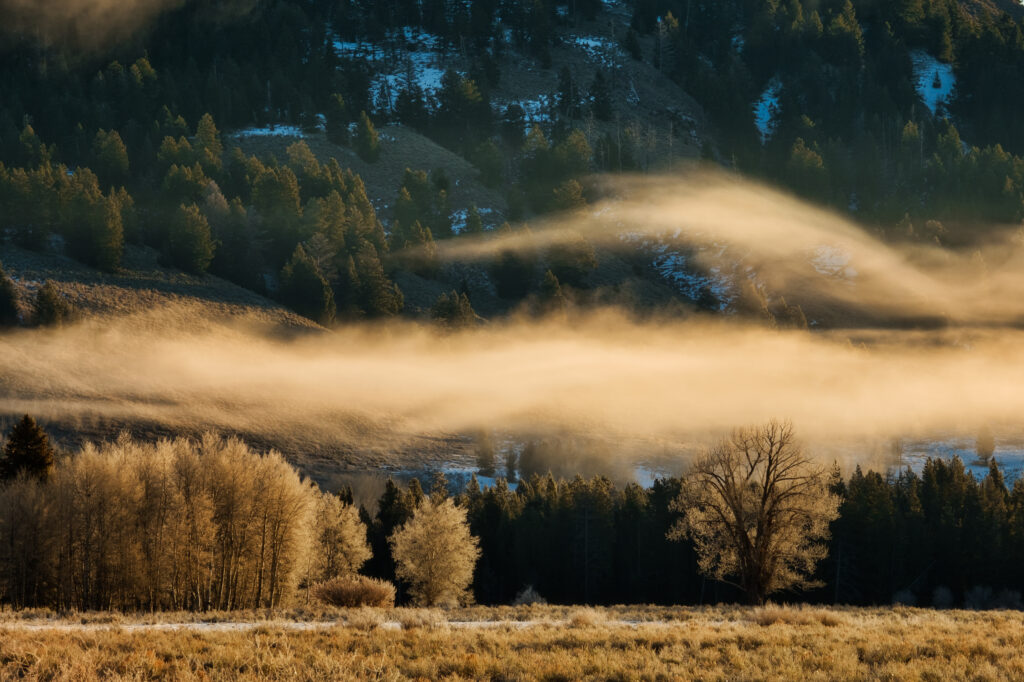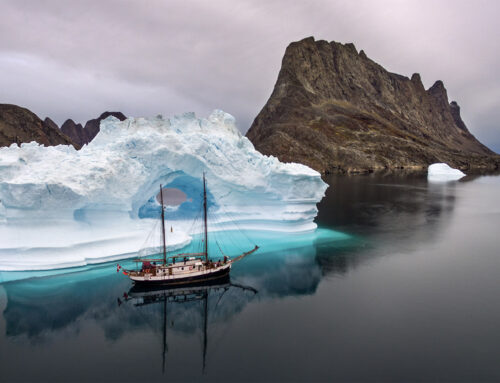What is the final performance in photography? To put it simply, it is the print of the photograph. Not sharing on social media, actually printing out a photograph to look at it under different lighting and different moods. Ansel Adams famously wrote, “The negative is the score, and the print is the performance”. Bringing this in to the modern age, the digital file is the score, the print is the performance. His point was that our negatives/files are the raw materials, even when they are processed files, but they aren’t “done” yet until they are presented to the world to let their beauty shine.

Ansels notes for developing Moonlight Hernandez
Most likely, you don’t print as much as you used to. I sure don’t. I went down the deep dark rabbit hole of the “black art” of printing and really enjoyed it. However, there was a lot of trial and error, frustration and expense of inks and papers. But to me, this final step was an important one to fully realize the artistic work that I worked so hard create. Even though I don’t print as much as I used to, I still feel that a print of an image is the final performance and it’s not truly finished until it shines in print.
I’ll put this statement out there, you may agree or disagree. Since we as landscape photographers are capturing light, light that is reflected off of the subjects we are photographing, the finished image is best appreciated with that same quality of light, with reflected light, not transmissive light passing through the image. Reflective light is the most common type of light used in photographing, capturing the surface details of an object. The light bounces off the subject’s surface and reaches the camera, showing the objects color and texture. Reflective light is how we see the world around us! Walking down the street, driving our cars, sitting in our living rooms, we receive and process reflective light bouncing off of the objects around us. It feels “natural” to us, what our eyes and brains are used to processing. Transmissive light, light passing through an object, or in most of our cases, light coming from behind our images on the computer, has unique qualities of its own, and, most importantly, doesn’t have the same quality of being able to show the shape/texture/details of an object like reflective light can. It’s only been in the last 20 years that we’ve had to adjust our visual processing system to interpret images that are lit from behind.

A small stream in a chaotic forest scene
Without diving too much in to the subconscious way we process light, I hope that you can get a feeling for the point I’m trying to make, that reflective light feels more natural to us than transmissive (or back) light when viewing images. So this brings me back to the title of this post, the final performance. Even if you don’t have a printer, I encourage you to find a way to print a few of your images and hang them on your wall for a month or more. Seeing your images in print is so satisfying! It makes them “real” instead of vaporware in the computer. You can better evaluate your favorite images, looking for ways to improve, or if they are perfect basking in your perfection. There are lots of cheap print shops out there so your financial outlay won’t be significant. Mpix, BayPhoto, Shutterfly are just a few of the most popular ones. And part of my suggestion is that you don’t have to worry about framing, matting or anything if you don’t want to. You can keep the costs cheap, finding different ways to hang or display your photos, until you are ready to print a new batch. I use command hooks and magnetic picture hangers to display a few images at a time. You could even mount a small shelf and display your images on a shelf. How you do this is wide open, doing it is something I would encourage you to try.
Printing our photos as the final performance does a few things for us…
- Causes us to “curate” our photographs to decide on which ones to go through the effort of printing and displaying. This act alone will have us critically examining our photographs and may contribute to learning and improvement. You could choose to have a display from your last photo shoot, or a curated theme of “Fall”, “Water”, “Shape”, “Light”, etc, bringing out the best examples you have for each chosen theme.
- Lets us view our images in reflective light, not through our lit computer screen. We can view our images at different times of day with different light qualities and this might help us connect more with the images, or, see something we might have overlooked in post-processing
- It brings our images out of the massive vault in our computer, to the light of day, spotlighting our knowledge, skills and abilities in photography. Too many images languish away on a hard drive never to be revisited. We went to a lot of work to capture the image, so why not celebrate the image for longer than the lifespan of a social media post.
- Seeing the images may bring us back to the time and place where we captured the image, bringing back good feelings and thoughts, which is always a welcome event in our day to day lives
Every 3-4 months you can swap out your photographs for a new display. The cadence is up to you. I have learned so much about my own photography by seeing the image in print. Since reflective light typically shows more details, I can see parts of my image that I didn’t see when processing it, or even when shooting it, causing me to put that information into my memory bank for the next time I’m in a similar situation. The images change appearance throughout the day with different light and this evoke different reactions and emotions in me as I view them. I have my images displayed in my office and rotate them out every 2-3 months, keeping a fresh gallery of images for me to appreciate and possibly learn from. I highly encourage you to celebrate the final performance of your better images, showcasing them to yourself and those around you.






Leave A Comment